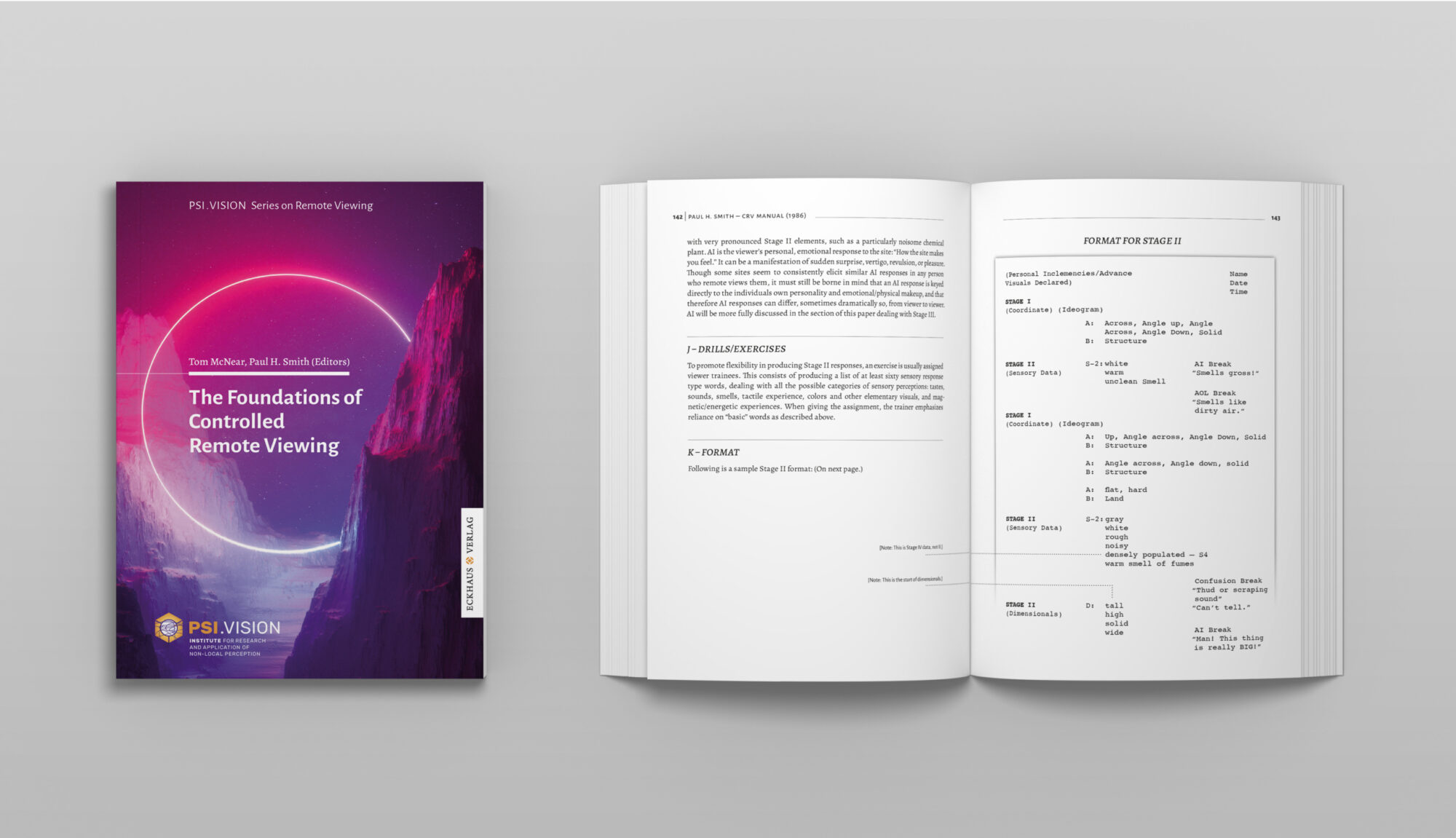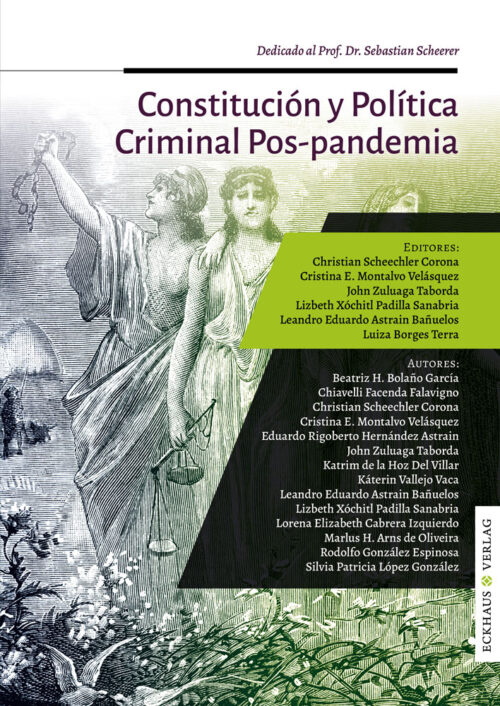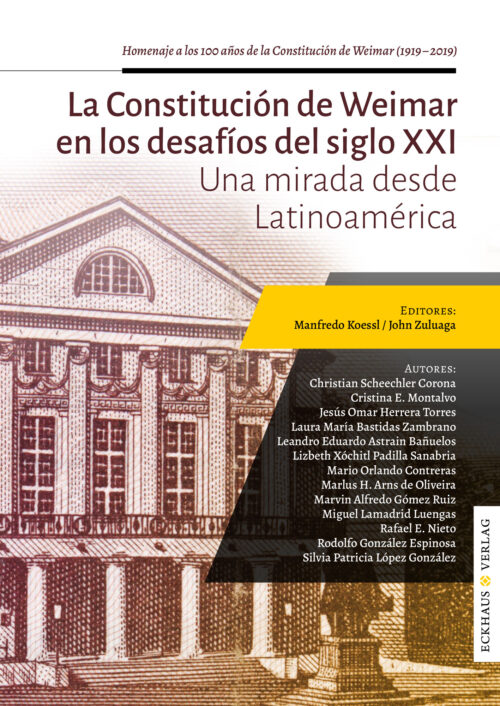Tom McNear, Paul H. Smith (Editors)
The Foundations of Controlled Remote Viewing
PSI.VISION | Series on Remote Viewing
Volume 2 of the publication series on non-local perception, published by the PSI.vision Institute.
The book is currently in preparation, pre-orders are accepted (for shipping abroad, to clarify individual shipping costs, please order by emailing the publisher).










Jana Rogge –
One does not come into contact with Remote Viewing by chance, some say. However, for those who have once „put their head into the matrix“, it usually has a lasting effect. The german poet Hermann Hesse wrote: “But once you know the other, you no longer have the choice of following the path of most.” It is very moving to be involved with a key issue of our generation.
We are now marking the 50th anniversary of the beginnings of the Star Gate program at the Stanford Research Institute (now SRI-International). In September 1972, the official collaboration with the US government and the secret services was established, which led to over 20 years of intensive research in the field of ESP phenomena and PSI applications.
After Remote Viewing came into the public domain in 1995 under the Freedom of Information Act (FOIA), many civilians discovered and learned Remote Viewing for themselves—both from original sources such as the earlier Star Gate viewers and from teachers of the second, third and following generations. Not all of them were aware of the origins and the and the meaningful methodological and scientific context that distinguishes this method from all other forms of gathering information with ESP.
And this is vital: Without documentation, a new discovery is often seized upon by those who are ignorant of its context, and then bend and warp it to suit their own preexisting beliefs or preferences.
This has happened all over the world now, not only in the United States where the remote viewing discipline originated. This resulted in various distorted or misconceptual views on Remote Viewing.
This book presents a big step in correcting the problem, it contains articles from some of the earliest and most authoritative sources on the topic.
Found here are works by Ingo Swann, the person who originated, named and was the most prolific innovator of the discipline. Also present are important historical articles from Swann’s associates, Dr. Harold E. “Hal” Puthoff and Mr. Russell Targ, the two physicists who, working closely with Swann. These two gentlemen headed the program originally commissioned by the Central Intelligence Agency to research and explore applied human consciousness for both scientific and operational purposes.
Importantly, this anthology includes the two classic works that document Swann’s major accomplishment. The first is by Lieutenant Colonel Thomas McNear (US Army, ret.) who Swann himself declared to be his best-ever controlled remote viewing student. This is the highly-regarded Coordinate Remote Viewing: Stages I–VI and Beyond. (Important to note is that prior to 1996 this Swann/Puthoff-developed methodology was known as “coordinate remote viewing.” In 1996 Swann requested the name be changed to “controlled remote viewing”, and so it has been called ever since.)
The second of these classic works is the volume entitled Controlled Remote Viewing (like Tom’s, it was originally called Coordinate Remote Viewing). The main author and editor of this document is Paul H. Smith (Major US Army, ret.). It was his job not just to write original content for the document, but also to manage and edit contributions from most of those who had also participated in training with Swann and Puthoff. With his background as chief CRV theory instructor, unit historian and CRV trainer in the Star Gate Program, Paul was the natural choice to oversee the creation of this document. Swann himself called this manual a “comprehensive and accurate document.” Together, Tom’s and Paul’s documents provide a detailed and accurate picture of the CRV methodology as presented by Swann himself.
Other useful documents discuss one controversial aspect of CRV–the issue surrounding the principle of ideograms–and another explores the genealogy of the various methods of remote viewing that trace their origins largely back to CRV. Also here is a useful time line that allows readers to understand the sequence and temporal context of remote viewing’s development during the military years and then emergence into the civilian world.
This select collection of documents isn’t to tell the reader how to do remote viewing, though down the road it will help. Instead, it is to give them missing context on the origins and development of remote viewing. Context that is essential to understanding. Last but not least, the “technical vocabulary” of Remote Viewing is at one and the same time its identity and the basis for all structural understanding.
The book will prove to be a crucial reference to help correct many misconceptions that have proliferated over the past three decades about Remote Viewing and its origins.